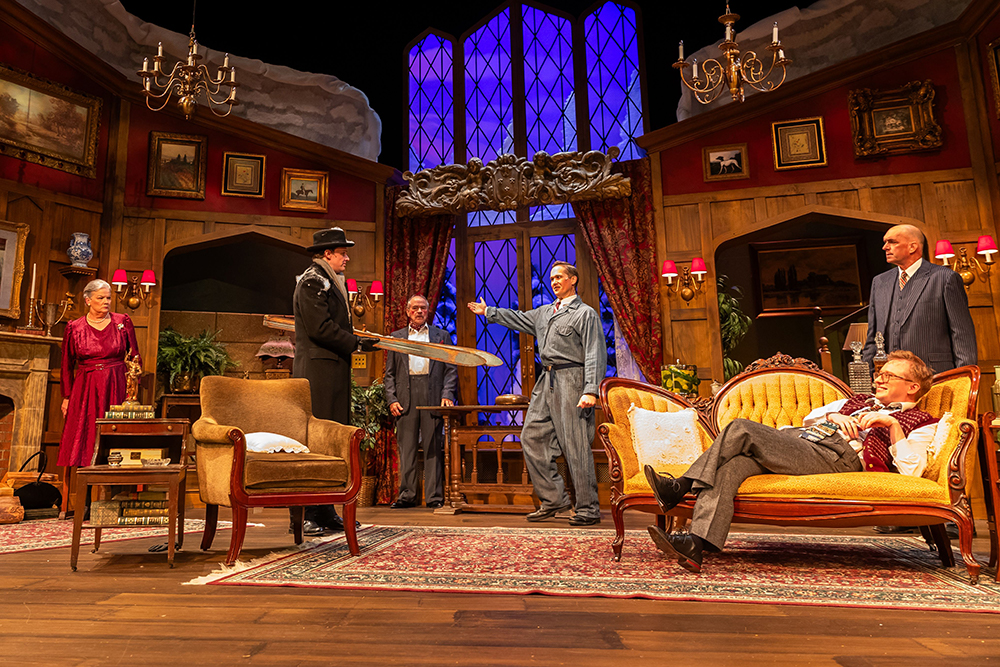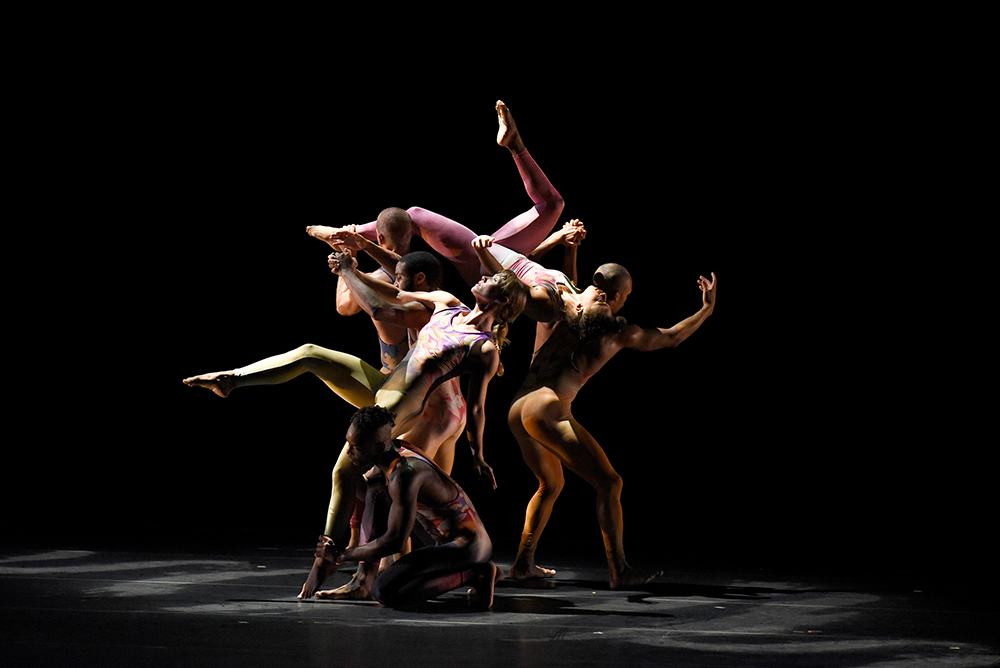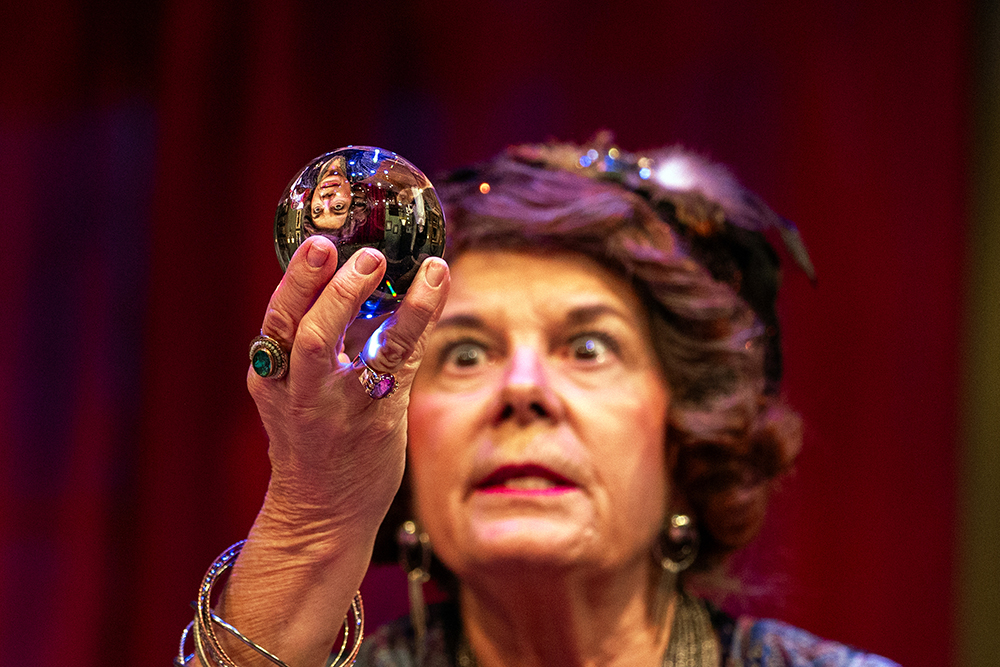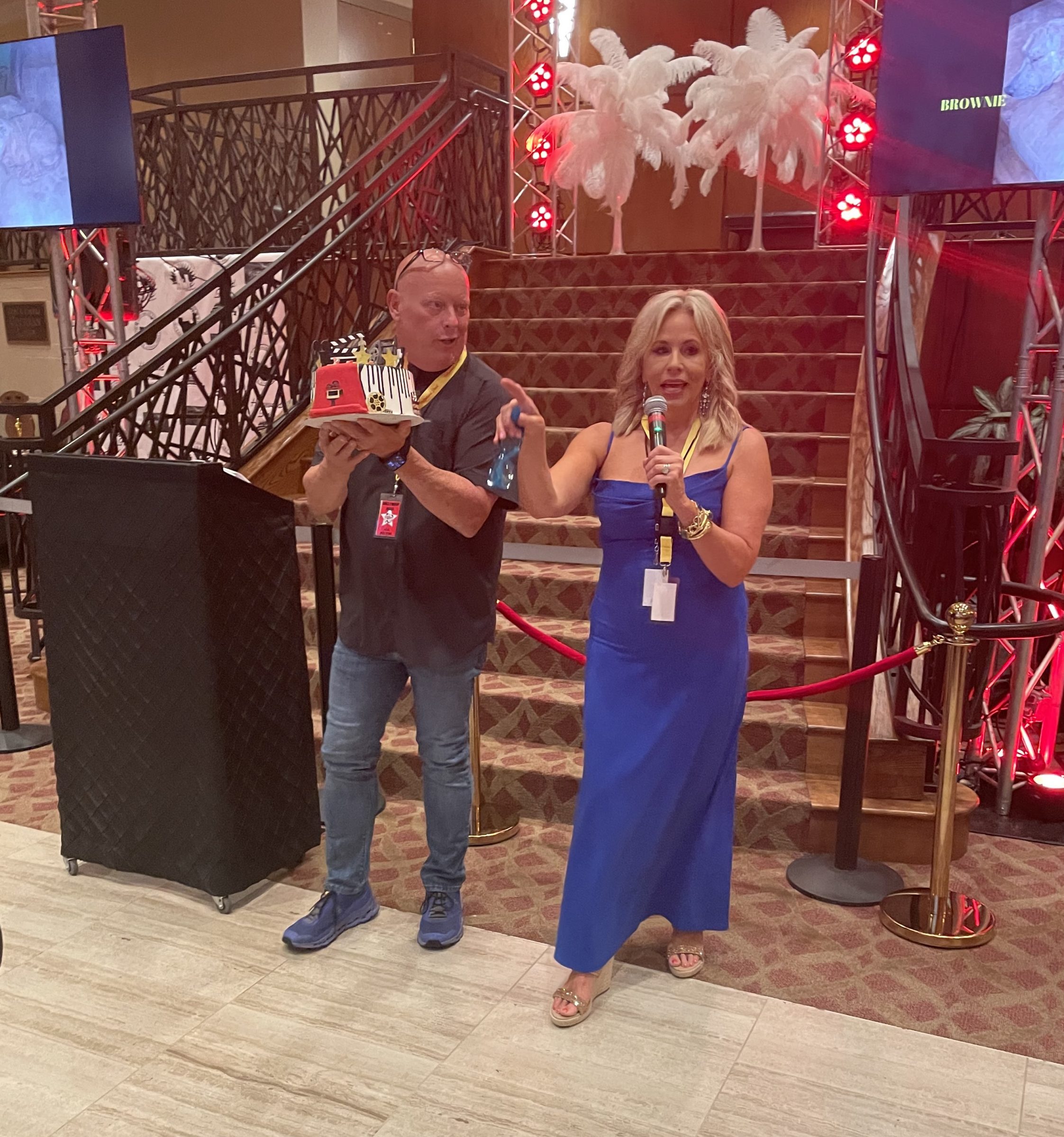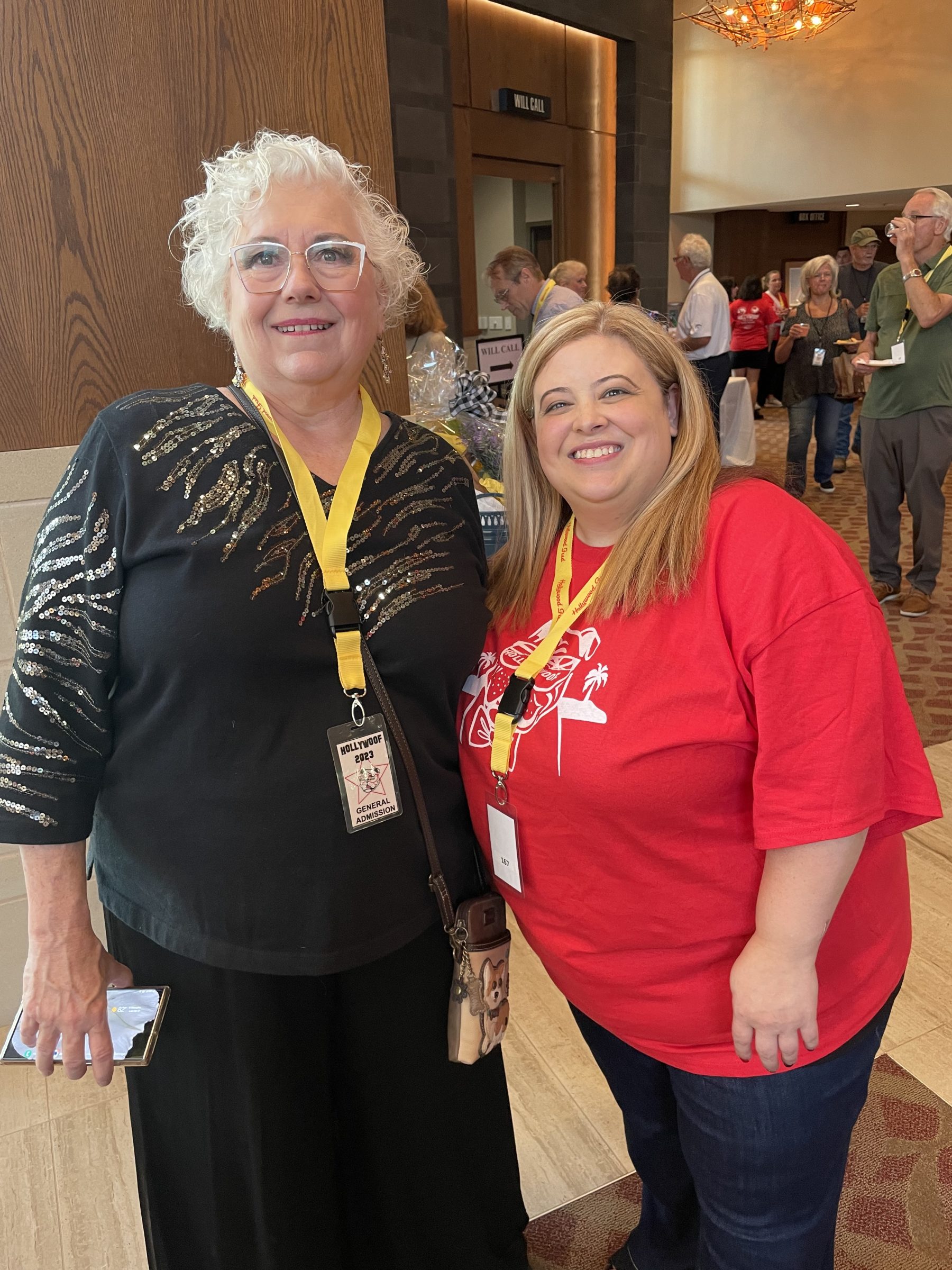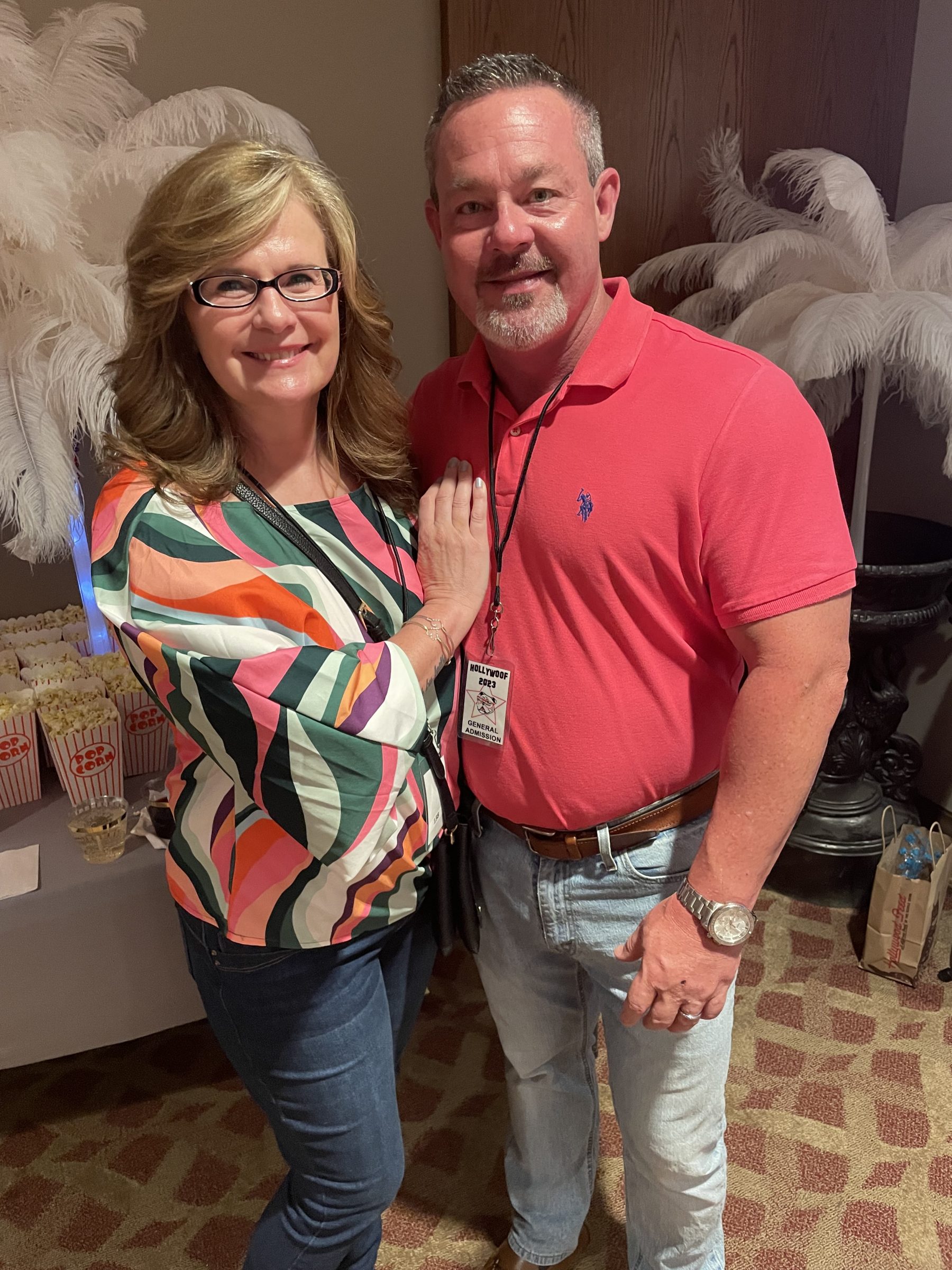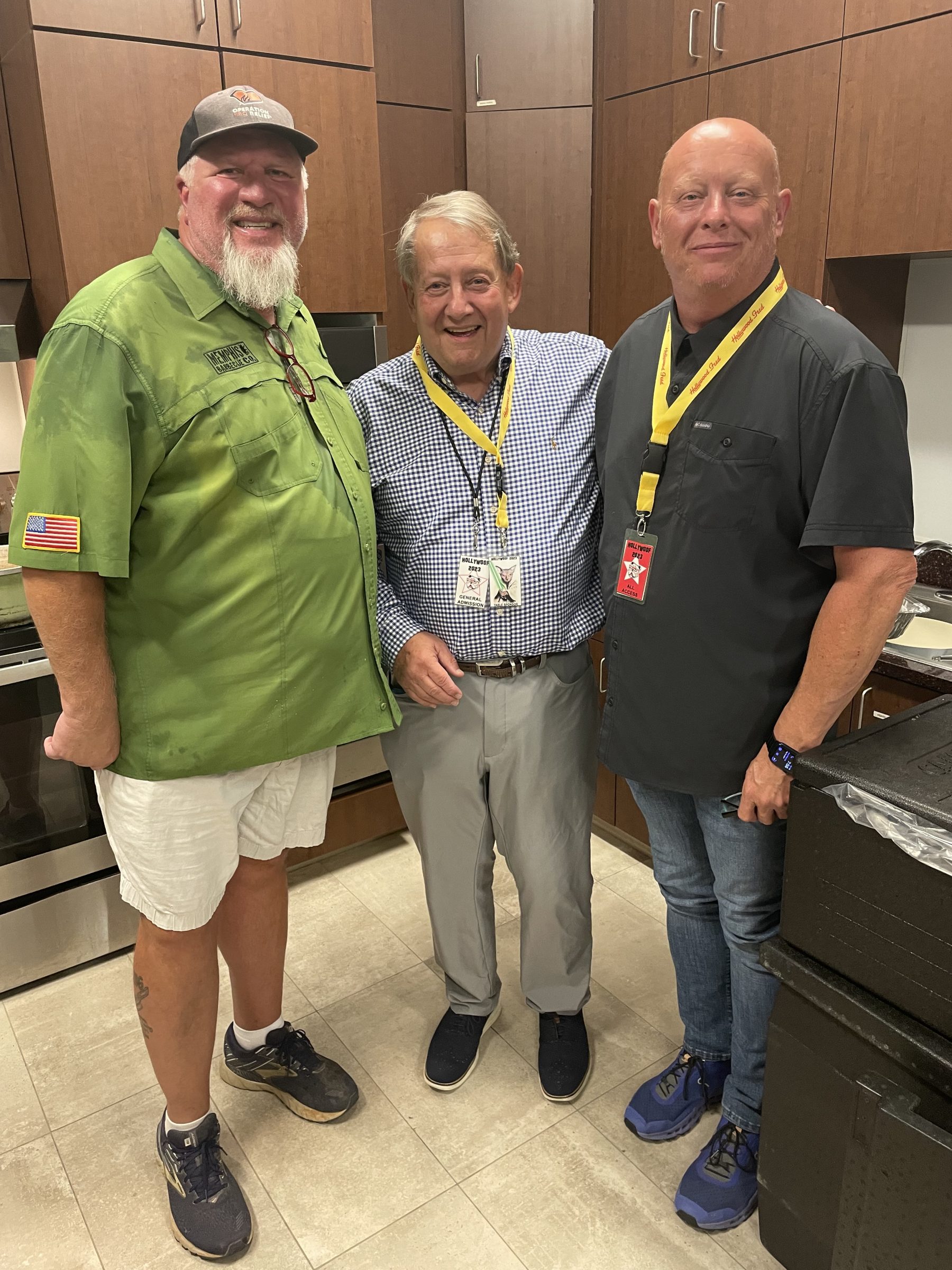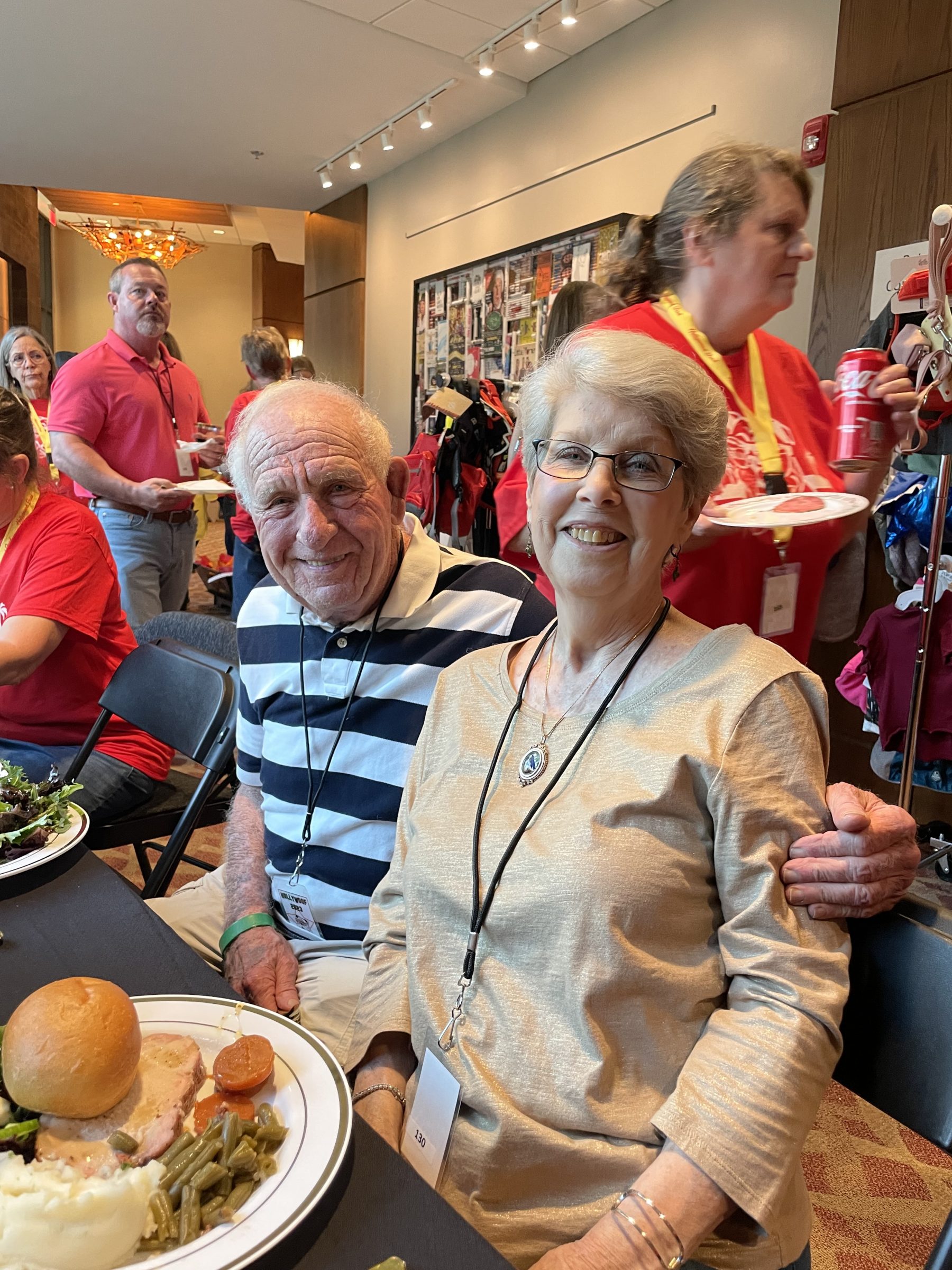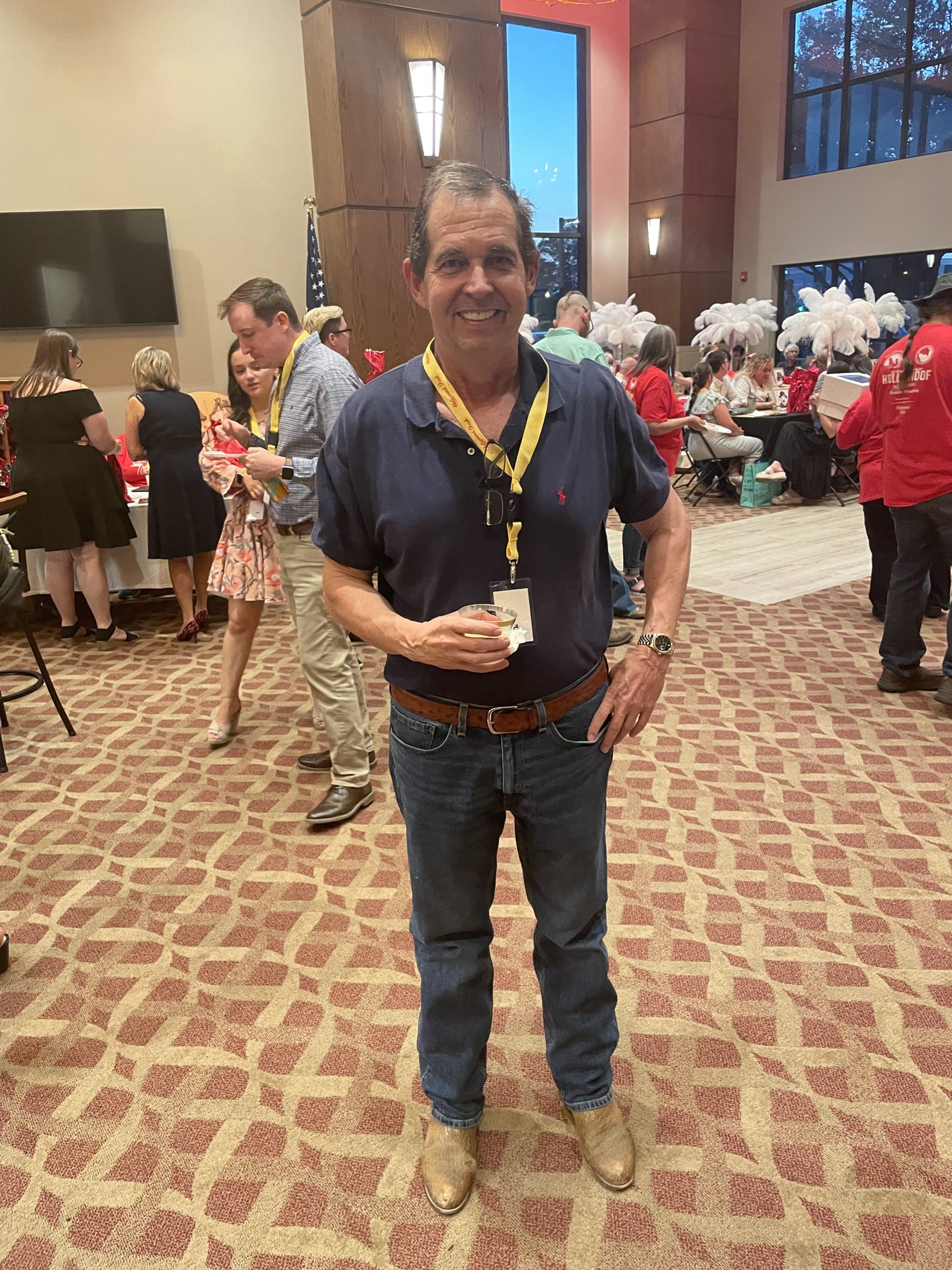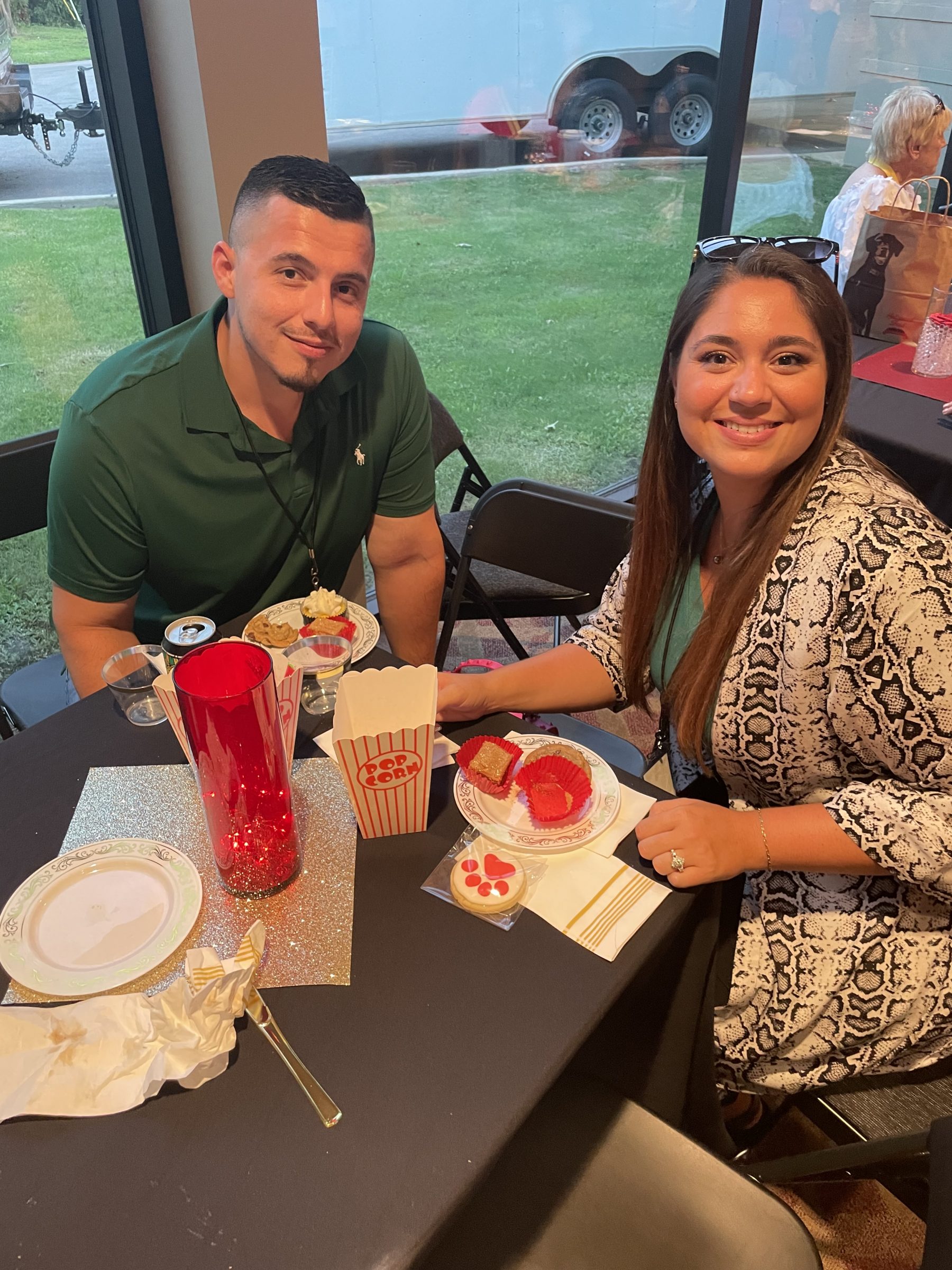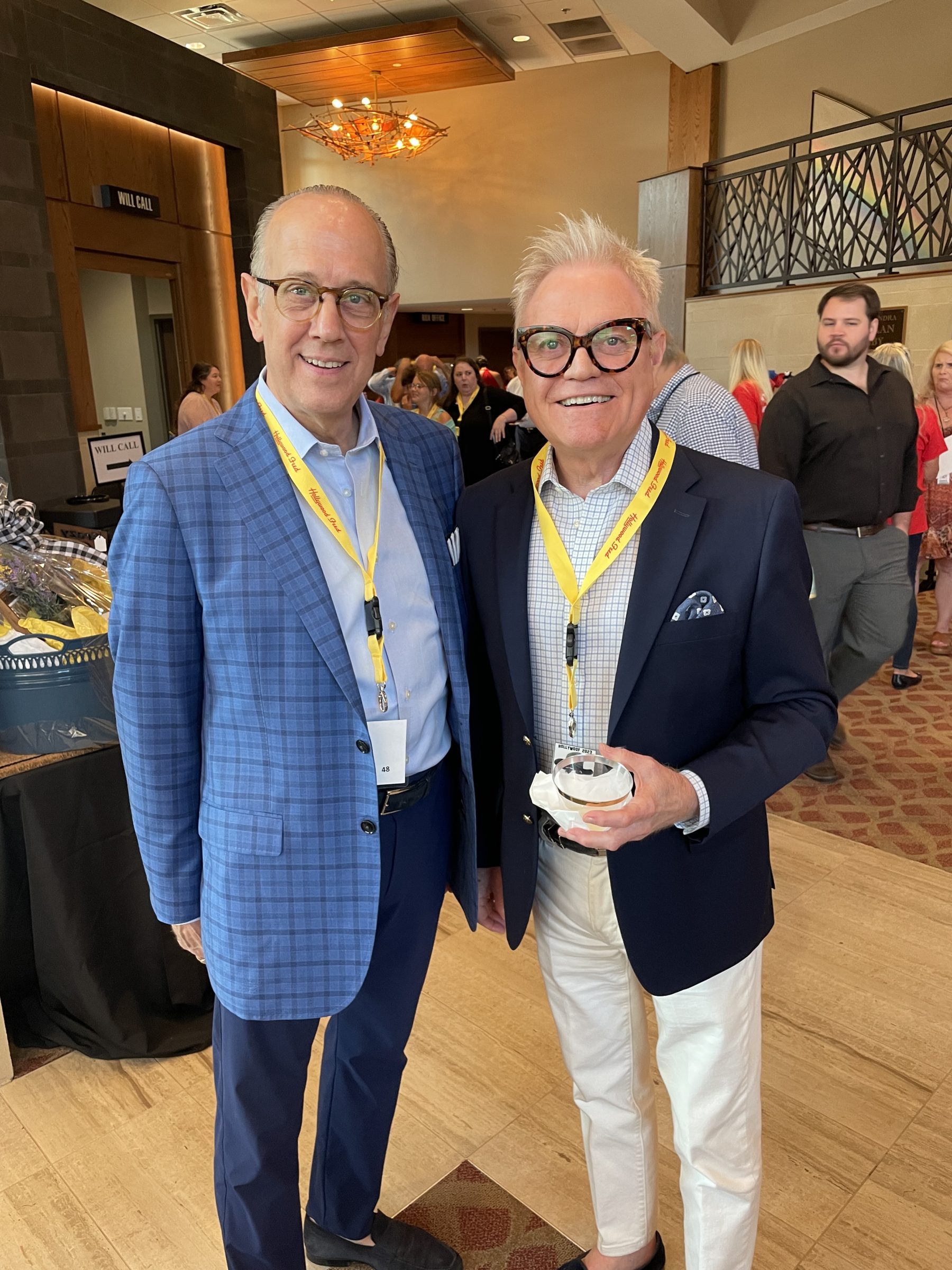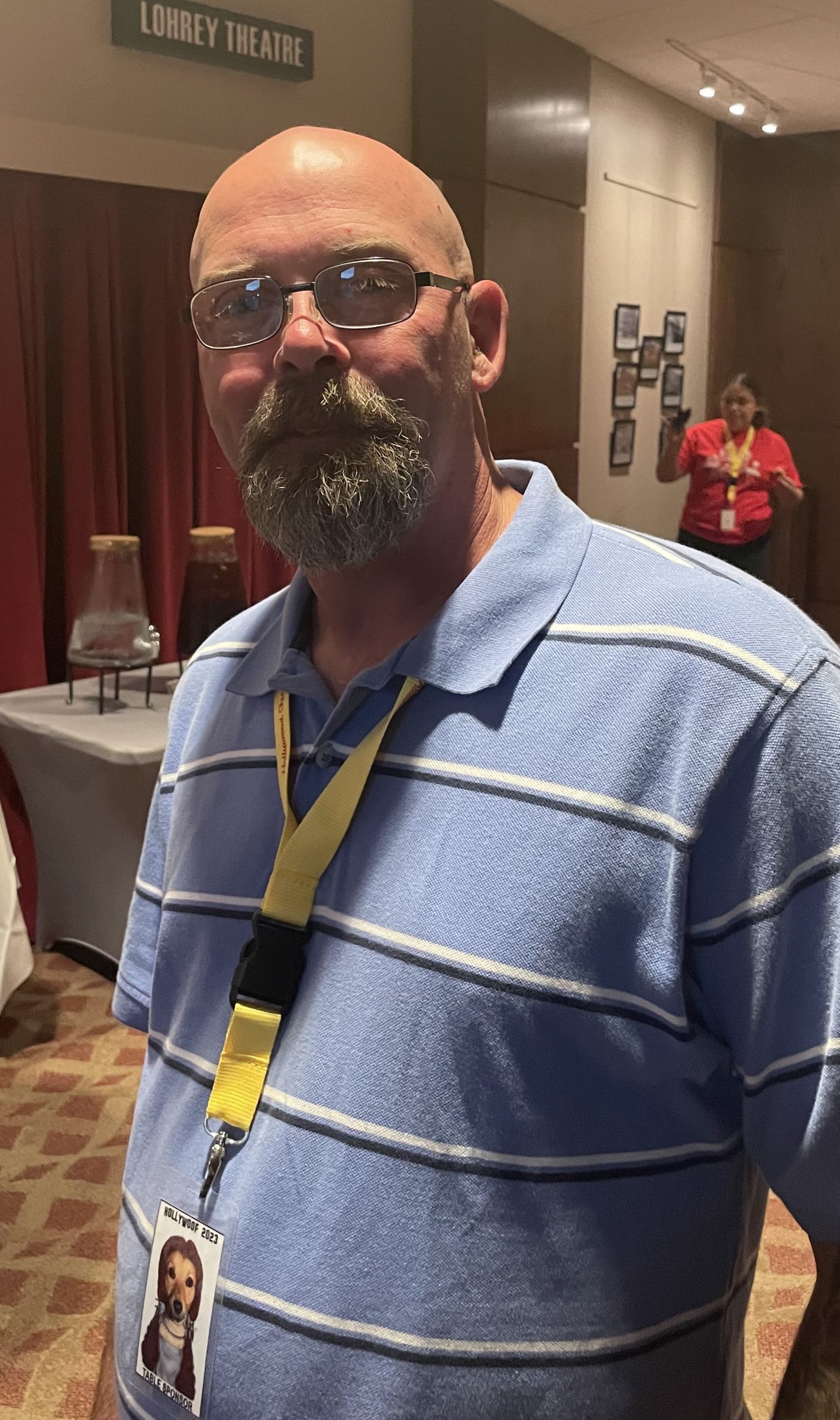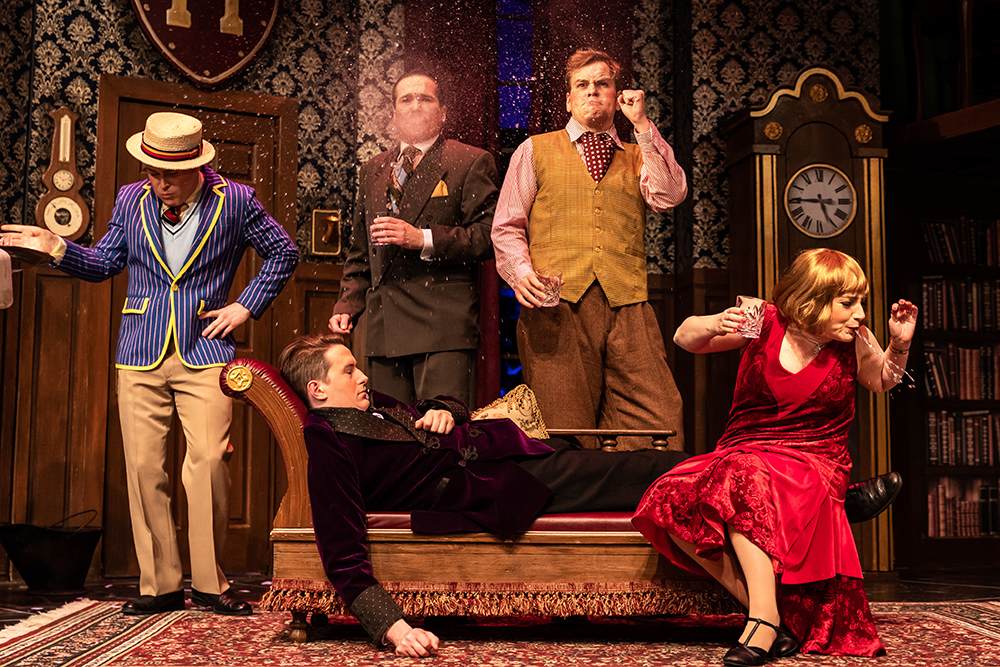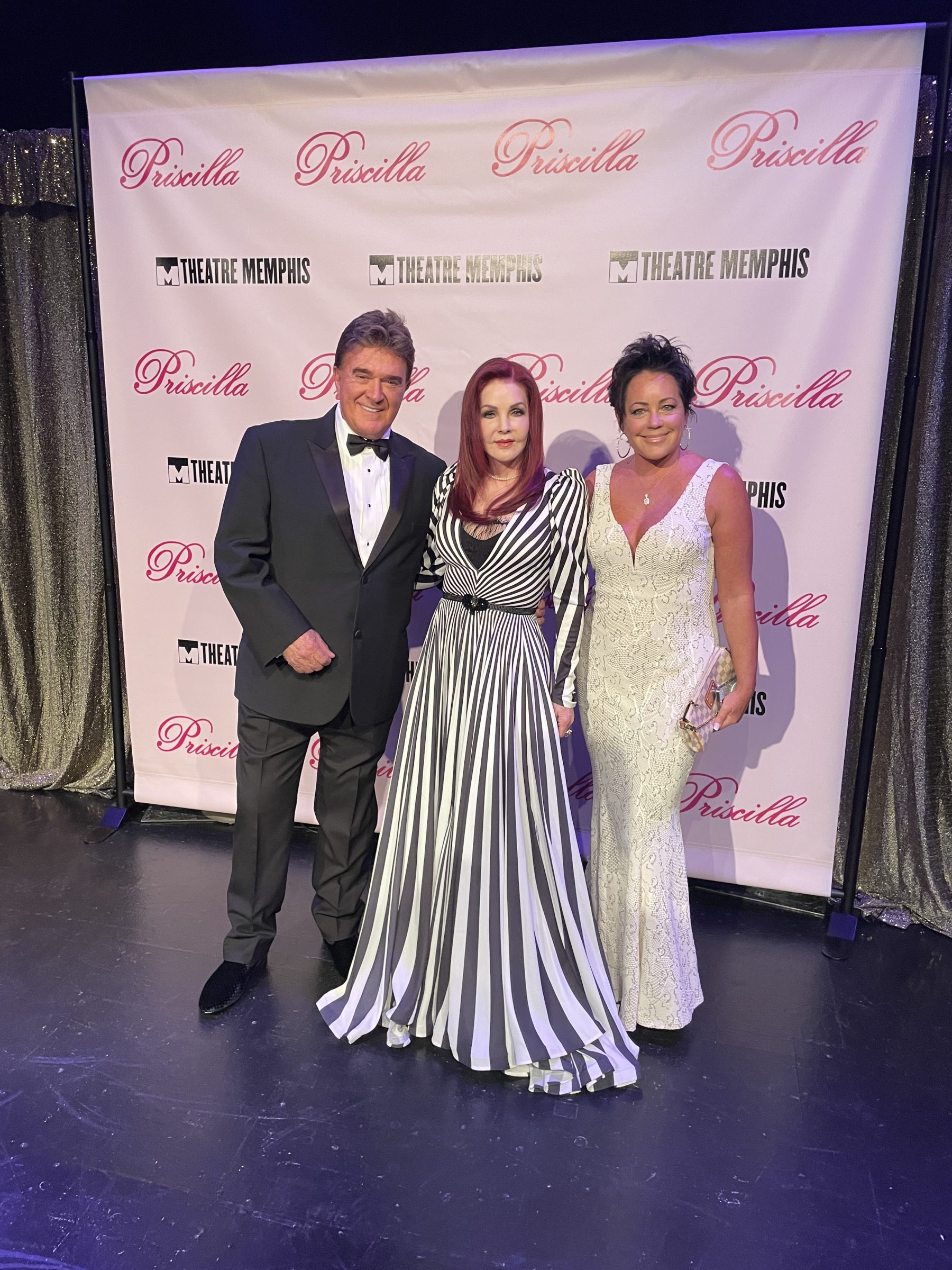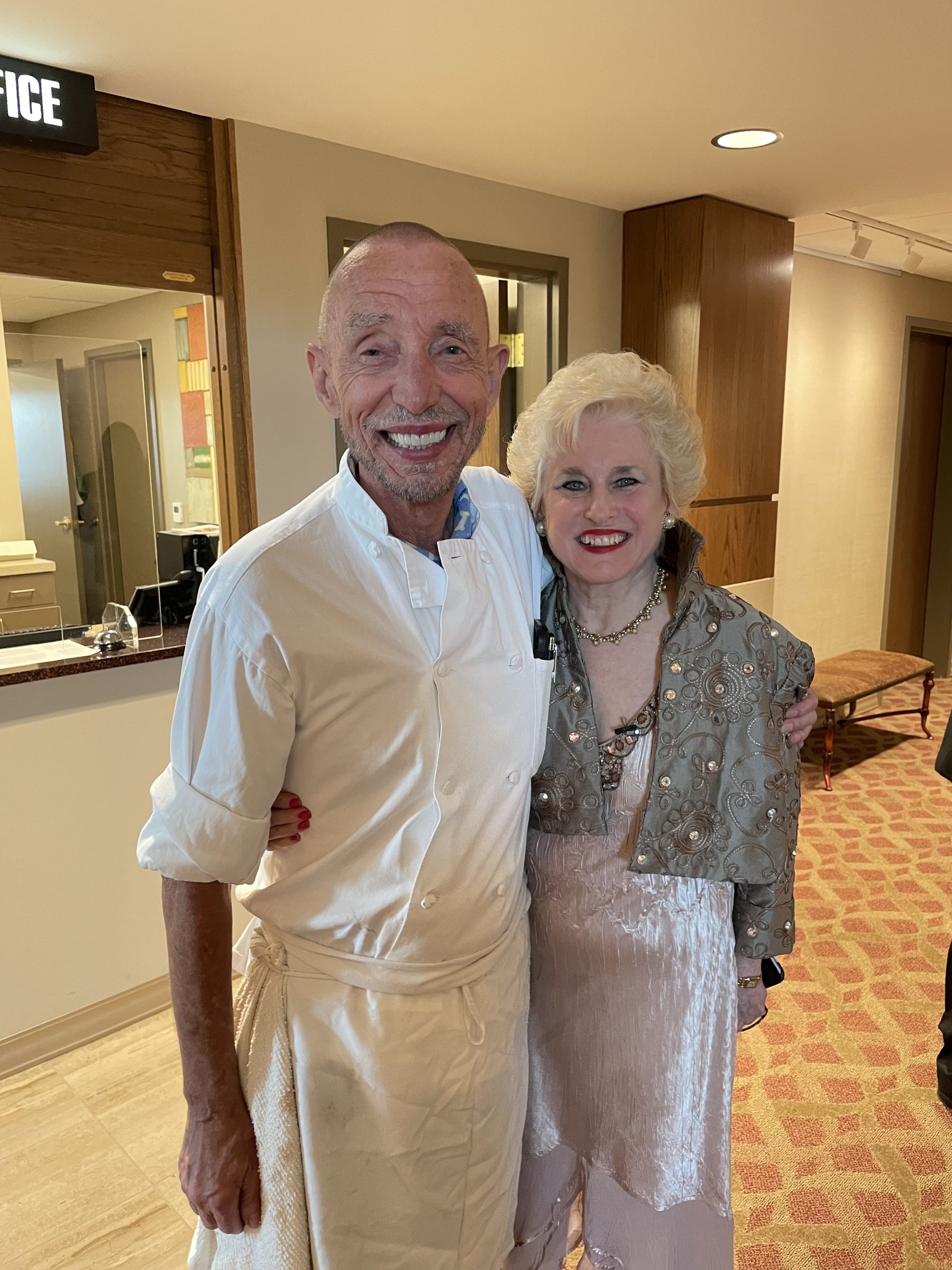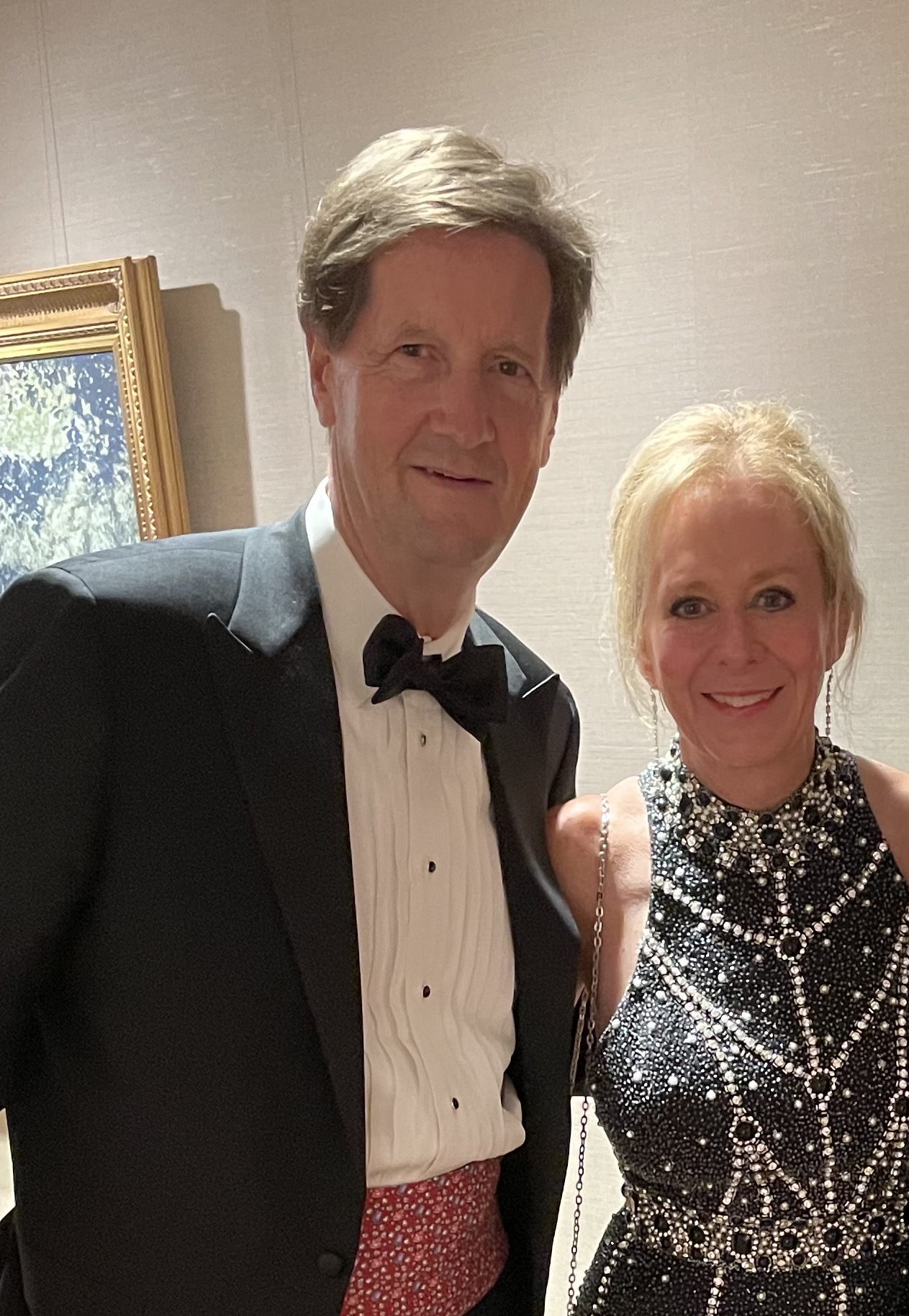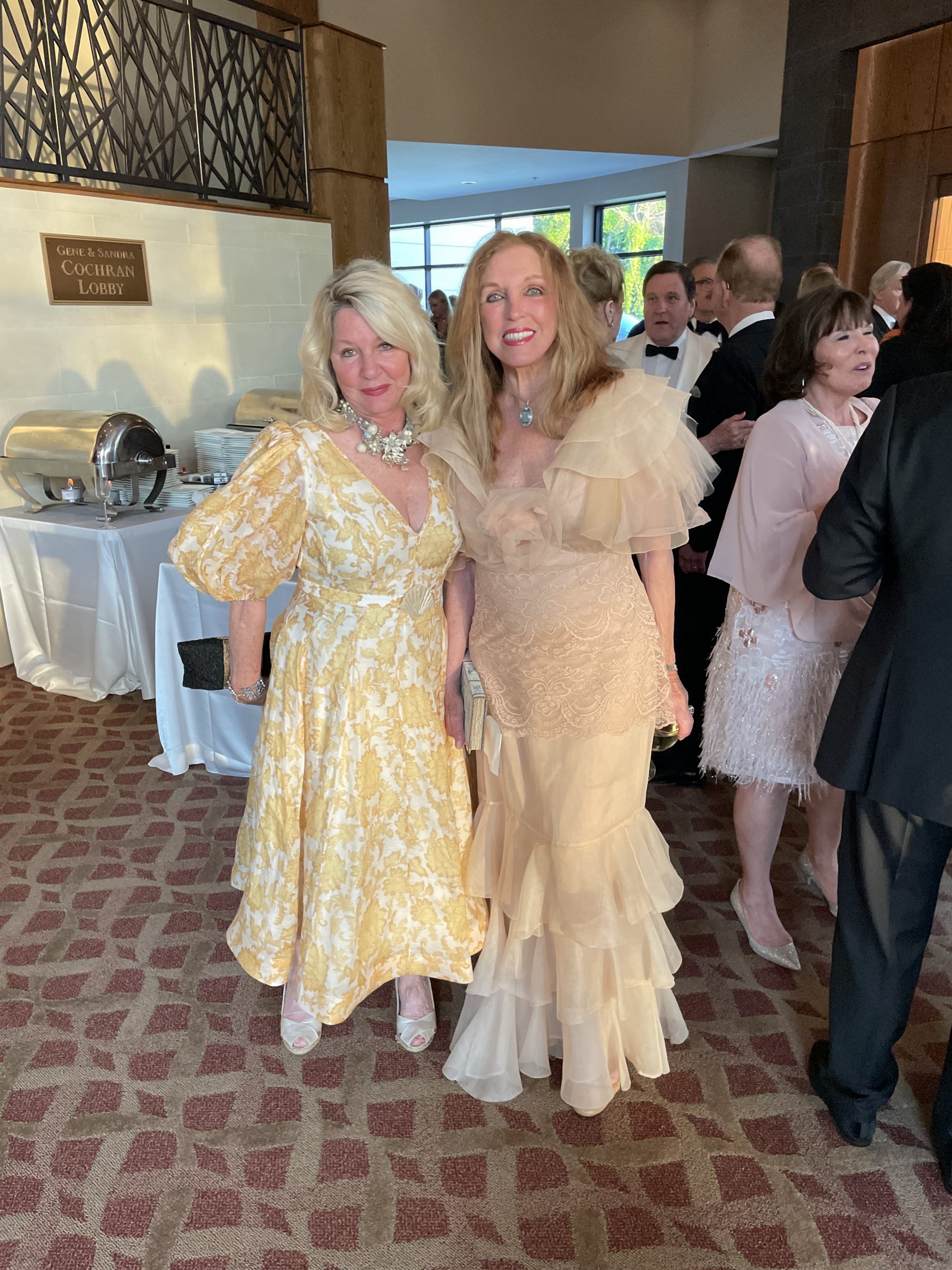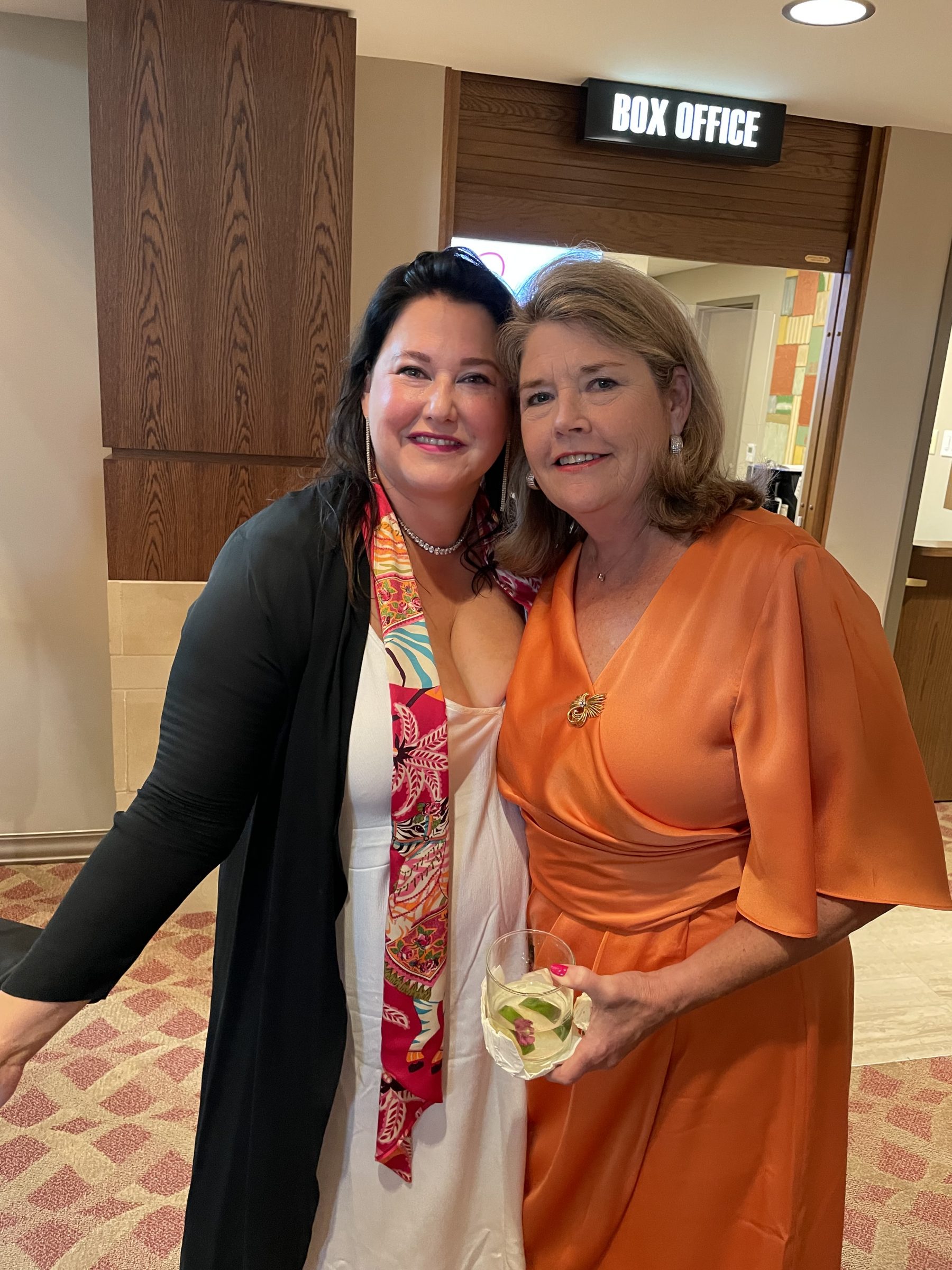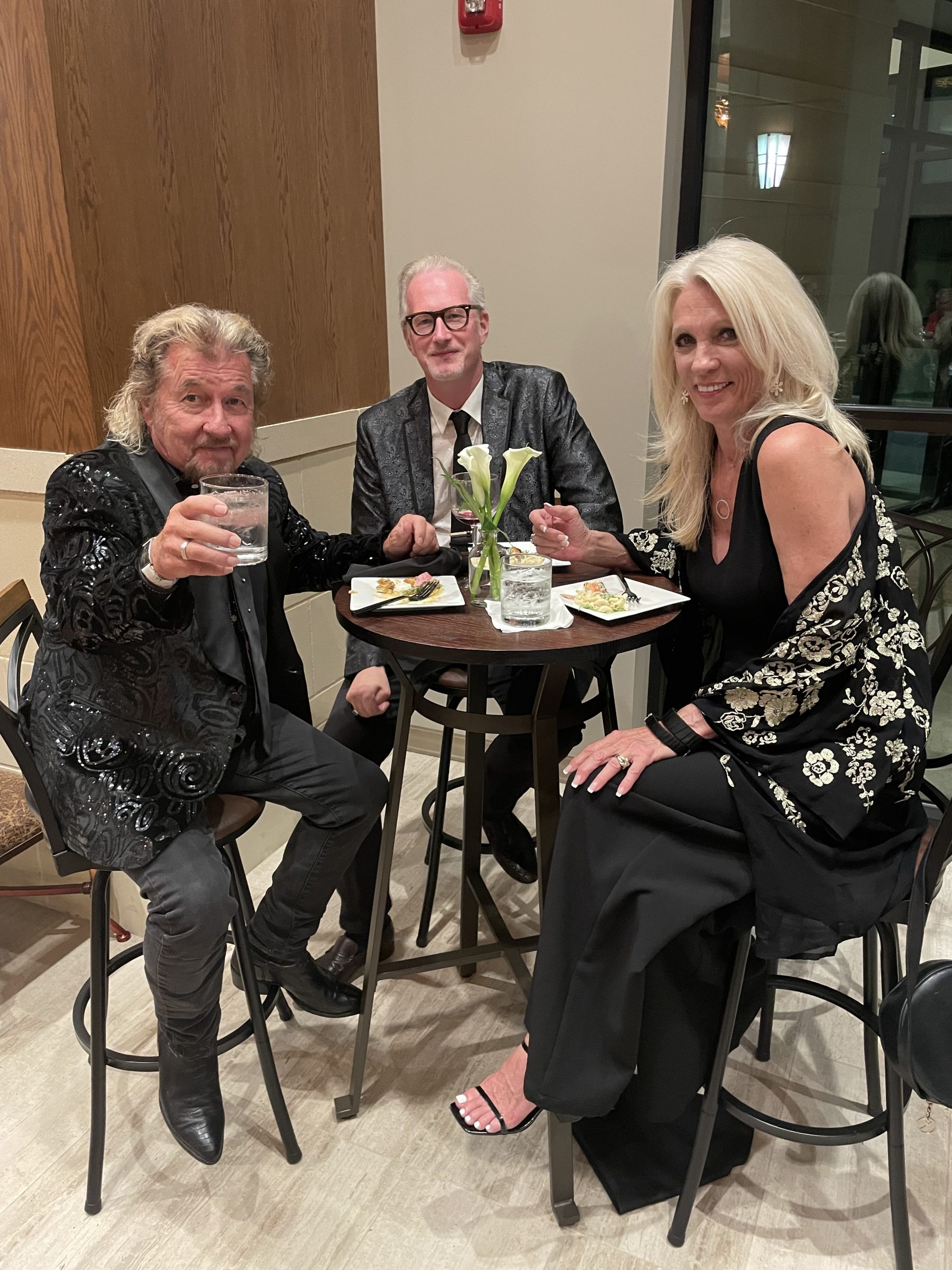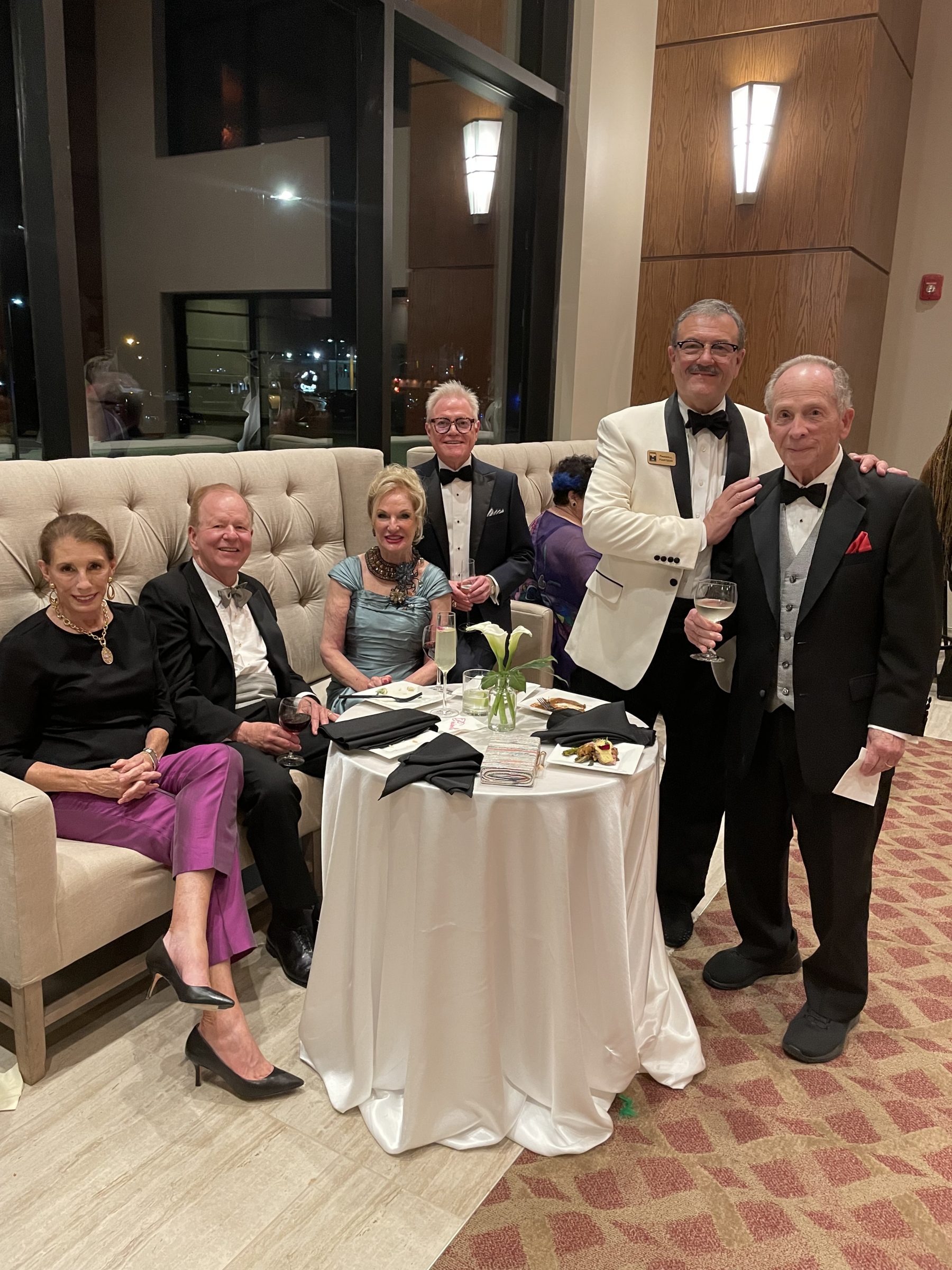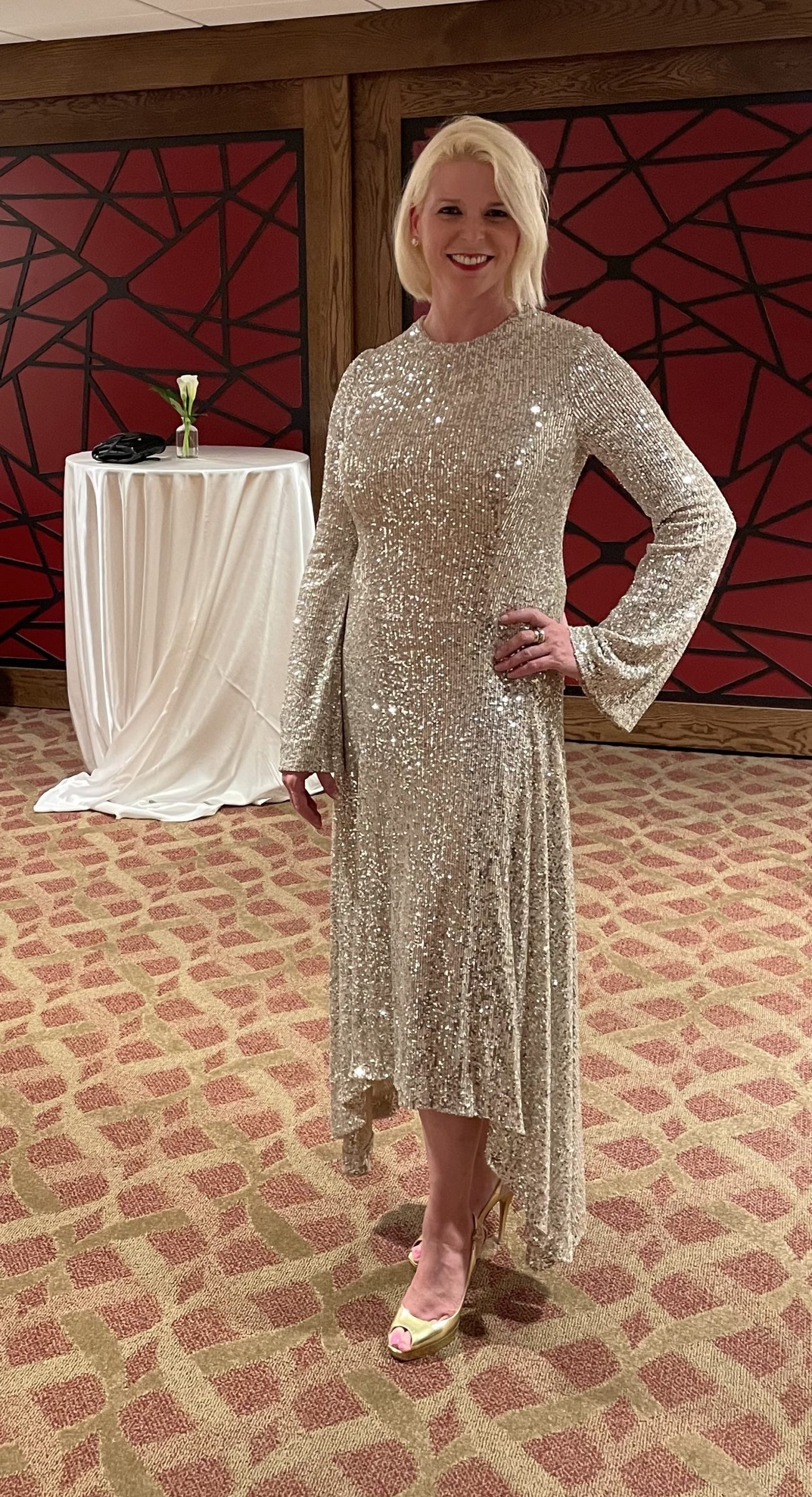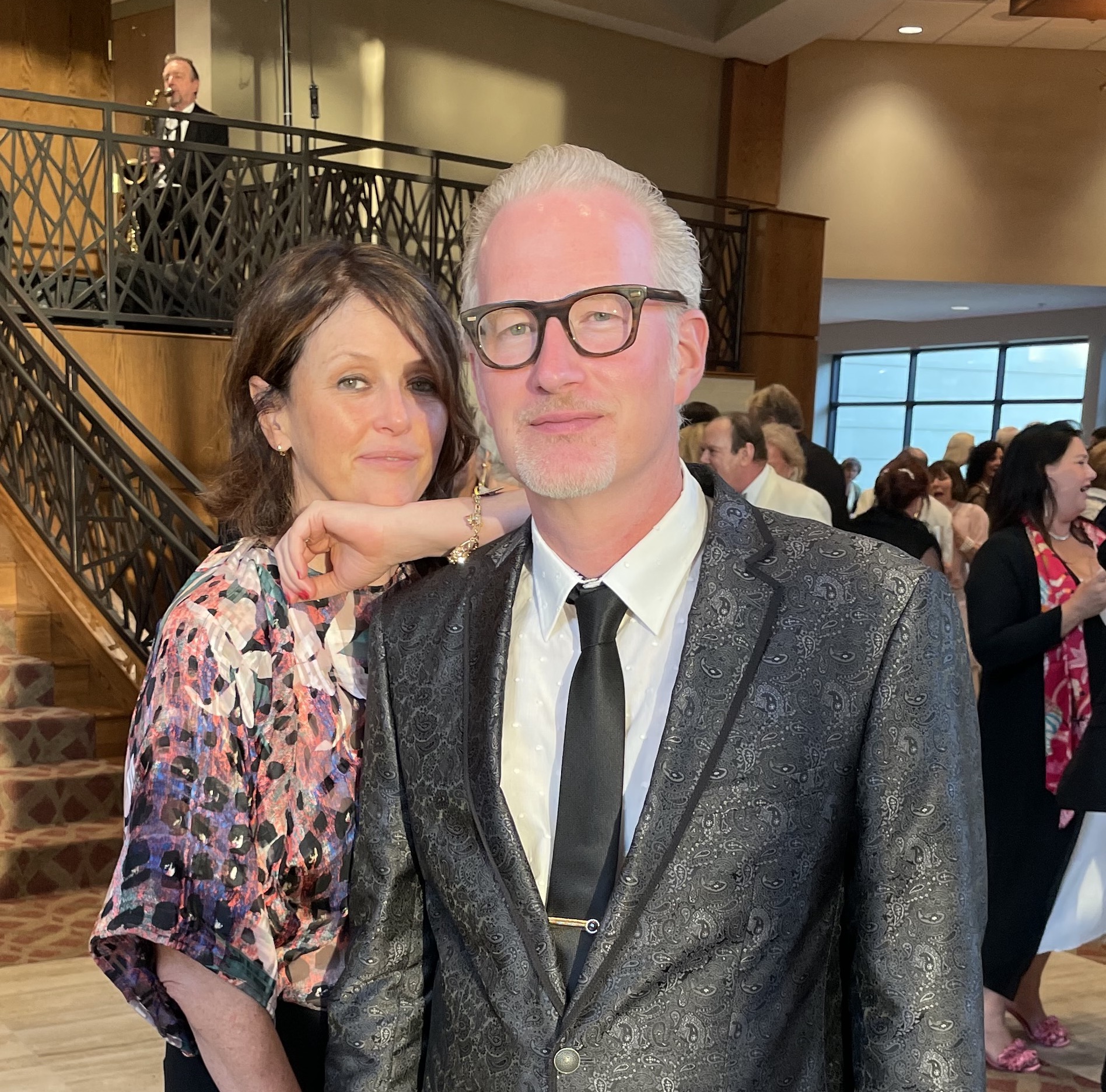When Groundhog Day came, I never bothered to find out if he saw his shadow. Even now, I still haven’t bothered. All I know is that it’s time for me to write the Spring Arts Guide, and that is enough for me to know that spring is here — and so are the arts: visual, theater, dance, and otherwise.
ON DISPLAY
“Regenesis”
Johnathan Payne works at the intersection of drawing, collage, embroidery, beadwork, and painting.
Clough Hanson Gallery, through March 27
“Accessories”
Althea Murphy-Price presents arrangements of armatures and accessories inspired by beauty tools and everyday objects.
Sheet Cake Gallery, through March 29
“Tales from the Journeys”
Nelson Gutierrez’s work examines the psychological and social consequences of conflict.
Sheet Cake Gallery, through March 29
“Beyond the Surface: The Art of Handmade Paper”
Explore the shape-shifting quality of paper.
Memphis Brooks Museum of Art, through April 6
“An Occasional Craving”
Chris Antemann cheekily re-envisions the concept of porcelain figurines.
Dixon Gallery & Gardens, through April 6
“House of Grace”
The Memphis debut of Floyd Newsum’s large paintings on paper and maquettes for public sculptures.
Dixon Gallery & Gardens, through April 6
“Who Is That Artist?”
Interact with Jorden Miernik-Walker’s photography-based work.
Dixon Gallery & Gardens, through April 6
“Small Spaces”
Jennifer Watson’s jewel-like paintings.
The Dixon Gallery & Gardens, through April 13
“A Journey into the Shadows”
Nelson Gutierrez’s three-dimensional cutout drawings.
Crosstown Arts, through May 11
“Engorging Eden”
Rachel David transforms everyday furniture into fragmented expressions of life’s chaos, joy, and loss.
Metal Museum, through May 11
“From the Ashes”
Maritza Dávila-Irizarry integrates printmaking, mixed media, photography, and video to confront a studio fire.
Crosstown Arts, through May 11
“Supernatural Telescope”
Danielle Sierra’s deeply poetic reflection on memory, love, and spirituality.
Crosstown Arts, through May 11
“The Colors of the Caribbean”
Juan Roberto Murat Salas’ works of bold colors and dynamic compositions.
Crosstown Arts, through May 11
“Trolls: Save the Humans”
Thomas Dambo’s larger-than-life fairy tale, in which art and nature intertwine.
Memphis Botanic Garden, through May 21
“Light As Air”
Explore the beauty in tension.
Metal Museum, through September 7
“Calida Rawles: Away with the Tides”
Picturing water as space for Black healing.
Memphis Brooks Museum of Art, March 19-September 7
“Summer Art Garden: A Flash of Sun”
Khara Woods’ sun-drenched shades, dazzling patterns, and geometric sculptures.
Memphis Brooks Museum of Art, April 17-October 20
“Colleen Couch and Dolph Smith: Walk in the Light”
Showcasing the arc of Smith’s oeuvre, new works by Couch inspired by him, and recent collaborations by the two artists.
Dixon Gallery & Gardens, April 20-June 20
“with abundance we meet”
Suchitra Mattai’s installation is made of “fruit” sculptures, ripe with possibilities, conjuring wombs and fertility spirits.
Memphis Brooks Museum of Art, May 22
ON STAGE
A Body of Water
This darkly comic, existential mystery play will leave you laughing, guessing, and gasping until the very last second.
TheatreSouth, through March 9
12 Angry Jurors
Tempers get short, arguments grow heated as jurors convene during a murder trial.
Germantown Community Theatre, through March 16
Beauty and the Beast
Based on Disney’s film, the classic story of Belle and her beastly bestie.
Theatre Memphis, through March 30
Orchestra Unplugged: Beethoven’s Fifth Symphony
Robert Moody explores the mind of Beethoven and his most celebrated work.
Halloran Centre, March 6
Children of Eden
Follow Adam and Eve’s descendants through storms and strife.
Bartlett Performing Arts & Conference Center, March 7-9

Recomposed: Elena Urioste
The celebrated London violinist performs Recomposed by Max Richter, an interpretation of Vivaldi’s Four Seasons.
Crosstown Theater, March 8
Dance Nation
A group of girls fight to find themselves in the preteen competitive dance world.
TheatreWorks at The Evergreen, March 14-23
Thoughts of a Colored Man
The first Broadway play written, directed, produced by, and starring Black men.
Hattiloo Theatre, March 14-April 6
Shakespeare in the Cemetery
Tennessee Shakespeare Company actors perform one hour of Shakespeare’s best death scenes.
Elmwood Cemetery, March 15
Variations on a Theme
Opera Memphis’ curated evenings span opera, musical theater, and vocal music.
Opera Memphis, March 15-16| April 26-27
Scheherazade and Butterfly Lovers Concerto
Robert Moody leads the Memphis Symphony Orchestra (MSO).
Cannon Center for the Performing Arts, March 15 | Scheidt Family Performing Arts Center, March 16
Celtic Concert: A Celebration of the Emerald Isle
The Slainte Singers bring the Irish magic.
Germantown Community Theatre, March 16-17
The Great Gatsby
World Ballet Company takes you back to the Roaring Twenties.
Cannon Center for the Performing Arts, March 2
Punk Rock Girl!
Rough and unapologetically authentic.
Playhouse on the Square, March 21-April 13
Tick Tick BOOM!
The story of the composer of Rent.
TheatreWorks @ The Square, March 21-30
Dance, Girl!
Celebrating Black girlhood through poetry, dance, and music.
The Green Room at Crosstown Arts, March 22
Bartlett Community Concert Band
Offering both classical masterpieces and modern movie soundtracks.
Bartlett Performing Arts & Conference Center, March 28
Chloé Arnold’s Syncopated Ladies
A renowned touring female tap group.
Germantown Performing Arts Center, March 28
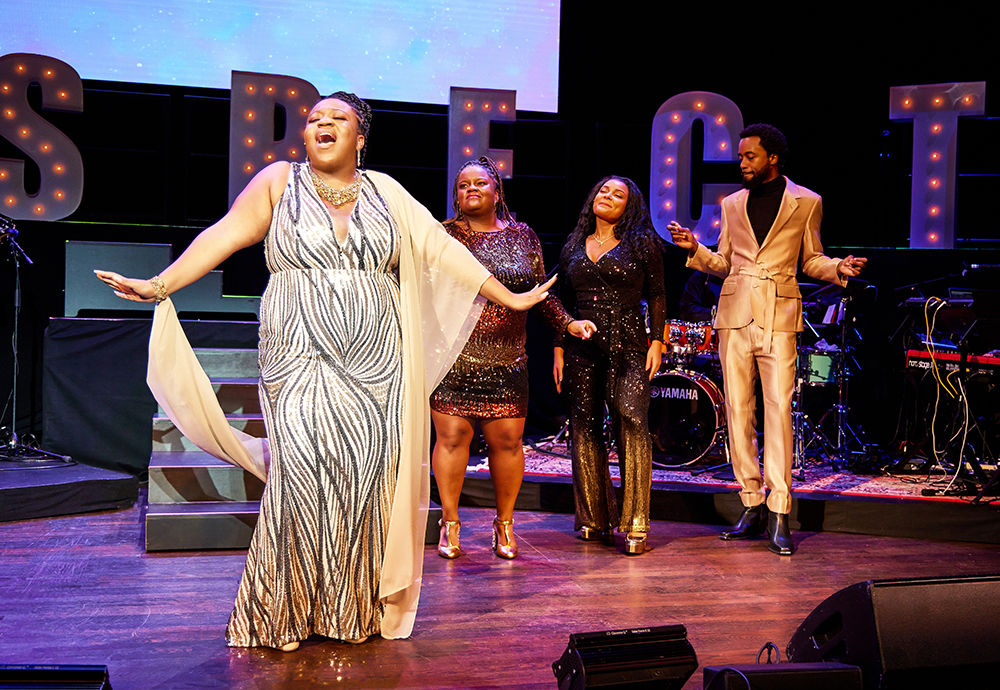
R.E.S.P.E.C.T.
An electrifying tribute to Aretha Franklin.
Orpheum Theatre, March 30
The British Isles – Mendelssohn’s “Scottish” and Grainger’s “Danny Boy”
A sweeping musical adventure.
Crosstown Theater, March 28 | Scheidt Family Performing Arts Center, March 30
Black Violin: Full Circle Tour
Mixing classical depth and hip-hop’s pulse.
Orpheum Theatre, April 1
Dragged Thru Time: Goldie & BeBe’s Extravagant Adventure
Two drag queens accidentally warp through time and must navigate history’s most iconic moments.
TheatreWorks @ The Evergreen, April 4-12
Lessons Learned: A Tap Concert
Hot Foot Honeys probe the human condition through dance.
Germantown Community Theatre, April 4-5
Saint Joan
George Bernard Shaw’s chronicle of the heroism of French army leader Joan of Arc.
Tennessee Shakespeare Company, April 4-19
The ICON, Babbie Lovett, Fashion Legend
Tennessee Ballet Theater’s homage to the life and legacy of one of Memphis’ most influential leaders.
McCoy Theatre at Rhodes College, April 4-12
The River Bride
Cazateatro Bilingual Theatre Group’s charming story of mystery, love, and family.
TheatreWorks @ The Square, April 4-20
Some Like It Hot
Two musicians flee mobsters after witnessing a hit in Prohibition-era Chicago.
Orpheum Theatre, April 8-13
Silent Sky
The story of 19th century astronomer Henrietta Leavitt.
Theatre Memphis, April 9-19
Homecoming
Brothers Randall and Miles Goosby return to their hometown, playing chamber music with friend and pianist Zhu Wang.
Highland Capital Performance Hall at GPAC, April 10
Memphis Symphony Big Band ft. Joyce Cobb & Patrice Williamson
A mix of timeless classics and exciting new arrangements.
Crosstown Theater, April 12
The O’Kays
Three young men chase fame and fortune in Memphis’ 1970s R&B music scene.
Halloran Centre, April 19, 2 p.m.
Angels in the Architecture
With Balanchine’s Donizetti Variations, a grand season’s end from Ballet Memphis.
Germantown Performing Arts Center, April 25-27
Caroline, or Change
A Black maid for a Jewish family is trying to take care of her own kin at the dawn of the Civil Rights movement.
Playhouse on the Square, April 25-May 18
Cougars
A play set in the high-octane world of a Memphis car dealership.
TheatreWorks @ The Square, April 25-May 4
Rumors
A wedding celebration turns chaotic.
Theatre Memphis, April 25-May 11
Orchestra Unplugged: Peter and the Wolf – More Than a Children’s Story
A whimsical setting for Prokofiev.
Halloran Centre, May 1
The Drop That Contained the Sea
The MSO with Memphis Symphony Chorus and guests perform Tin’s gem.
Scheidt Family Performing Arts Center, May 4
Cabaret
The great musical of decadence and Nazis.
Germantown Community Theatre, May 9-25
Chicken & Biscuits
Can two sisters at odds set aside their differences to honor their father?
Playhouse on the Square, May 9-June 1
Buckman Dance Conservatory’s Spring Celebration of Dance
A blend of ballet and contemporary dance.
Buckman Performing Arts Center, May 10-11
Symphony in the Gardens
A Mother’s Day tradition with the MSO Big Band.
Dixon Gallery & Gardens, May 11
The Boy Who Kissed the Sky
A musical inspired by the early life and influences of musical icon Jimi Hendrix.
Hattiloo Theatre, May 16-June 8
Romantic Masterworks by Rachmaninoff and Saint-Saëns
The MSO’s take on the “Egyptian” Piano Concerto and other works.
Cannon Center for the Performing Arts, May 17 | Scheidt Family Performing Arts Center, May 18
La Calisto
A jewel from the golden age of Venetian opera.
Playhouse on the Square, May 21-23
A Particle of Dread: Oedipus Variations
A reimagination of the ancient Greek tale as a modern thriller.
TheatreWorks @ The Square, May 23-June 8
AROUND TOWN
SneakFest Sneaker Expo
For fans of sneakers and urban fashion.
Agricenter International, March 22, 1-11 p.m.
Metal Petals + Healing Roots
Art from disassembled gun parts collected during the Guns to Gardens initiative.
Metal Museum, March 29
…
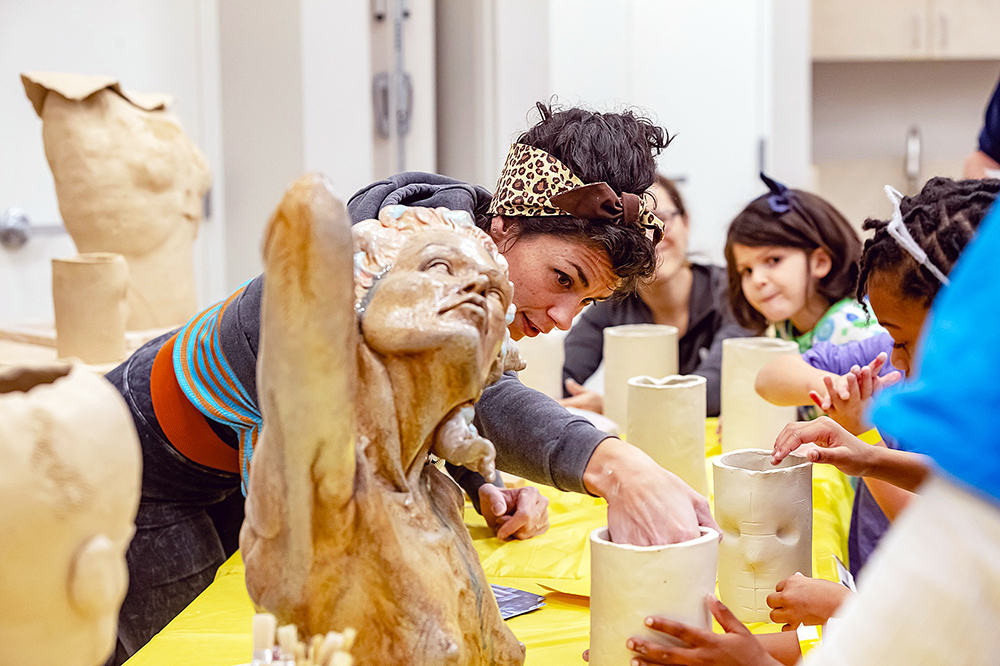

Women in the Arts
On Saturday, March 8th, Dixon Gallery & Gardens and Theatre Memphis will co-host their fourth Women in the Arts event, a day celebrating the women shaping the arts in Memphis. As in years past, the event will have performances, demonstrations, classes, panels, and an artist market.
When the event kicked off in 2021, Kristen Rambo, the Dixon’s communications manager, says, “It was like, why is there not an event like this happening in Memphis? … Once it started, we didn’t want to stop.”
The day’s full schedule will be posted to the Dixon’s website on Friday, March 7th, with programming planned for both the Dixon and Theatre Memphis campuses. Guests can take a free shuttle to and from both locations throughout the event.
“There’s something for everyone to do, whether you’re an extrovert or an introvert,” Rambo says, adding that the event is family-friendly. “We also have some of our community partners that are going to represent themselves and maybe have an activity, like the Memphis Public Libraries, the Metal Museum, Women in Memphis Music, Girl Scouts of [the United States of] America, and Cazateatro [Bilingual Theatre Group]. … So that’s something we always like to highlight as well — supporting all the arts communities in Memphis so we can all improve the arts.”
“Memphis is so full of amazing women, artists, and arts administrators, people who might not be artists themselves but work and thrive in the arts,” Rambo adds. “And whether that artist is a performer or visual or anything in between — we have some comedians coming — it’s just an exciting way to highlight these artists on one fun, special day. And of course, we should be celebrating women artists all throughout the year, but you can be really embedded in the Memphis art scene and still meet and see people you’ve never met or heard of before at this event, which is so exciting.”
Women in the Arts, Dixon Gallery & Gardens | Theatre Memphis, Saturday, March 8, 11 a.m.-3 p.m.
…
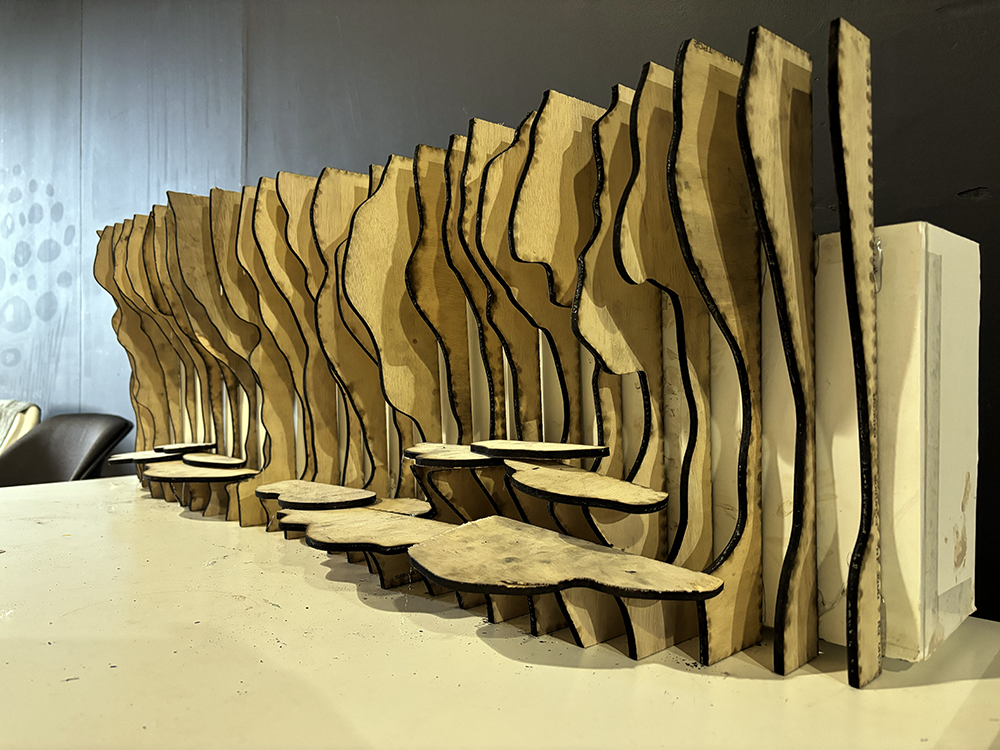
Luminarus
Yvonne Bobo and a collective of artists, students, and astronomers are building a planet at Off the Walls Arts (OTWA). The planet will have crochet pods, a cavern wall, and sculptural flora and fauna. “It’s a performing arts place, so we’re gonna have all kinds of events in it — music, dance, just a place for the community to explore,” Bobo says.
The project began from conversations about the extraterrestrial unknown. “We started to think about it in a social situation: What would we do if we ran into aliens? What would we share with them? And if we don’t have the same language or culture, we can share through art, through music, through dance. They’re sort of like our mediums that we can try to express who we are.”
As such, this new planet, created through these media and host to these media, is called Luminarus, Bobo says, because “we’re gonna illuminate people, shine a light on people’s talents.”
Since the first Saturday of February, OTWA has hosted Community Build Days, inviting anyone, regardless of skill, to help construct the multimedia installation inspired by the cosmos. “We built it around an idea of community, and it’s nice to see a community forming,” Bobo says. “People seem to be really energized by the project and what they could bring or how it could kind of feed their creativity.”
People are trying their hand at carpentry, seeing their progress come to fruition at the end of the day; they’ll get a chance to learn large-scale crochet later on as the building progresses. In the meantime, 3D artists can submit their work to make up the flora and fauna in the installation. “We’re just doing a massive call,” Bobo says. “Let them be weird; let them do their thing; let’s just tell stories.”
Students from Bellevue Middle School and Crosstown High School are also participating, with some of them creating sculptures for the group exhibit and others taking part in an alien fashion show. “Everyone knows that art departments are often not well-funded,” Bobo says. “So we like to bring in artists in the community to help to enrich their art programs.”
Also in collaboration members of the Memphis Astronomical Society will provide their photography of galaxies and constellations. The group is also hosting an Evening Astro-Watch on March 7th at 5 p.m. at OTWA to capture the imaginations of Luminarus builders.
So far, with all these partnerships (and more), Bobo says, “I feel like I made the infrastructure, and now it’s just taking off, getting its own life. That’s what’s valuable with a collaboration. Maybe one person starts the sentence, but it keeps evolving, and then it’s way more interesting than I could have just imagined on my own.”
Luminarus will open Saturday, May 10th, 6 to 8 p.m. The first major event following will be a free family-friendly community day on May 17th that will include the student-led alien fashion show. Other events, both family-friendly and adult-only, are on the horizon. To participate in the Community Build Days or to submit work, visit offthewallsarts.org.
…
10-Minute Play Festival
This April, Hattiloo Theatre will host its inaugural 10-Minute Black Theatre Festival. “Part of putting it on is to explore the hidden talent we have here in Memphis,” says Jarrod Walker, Hattiloo’s theater manager. “We’re very intentional about cultural storytelling and giving voices to those people who may need an outlet to express their voice.”
In the fall of 2024, Hattiloo opened submissions for the festival, accepting works only from Shelby County residents. “The pieces had to amplify the Black cultural experience in some way,” Walker says. “We wanted to talk about the diaspora because a lot of times, once people think about Black experience, it’s very unilateral. So we want to show the diversity in these stories. … We’re a free-standing Black theater, one of four in the nation, and part of our mission and vision is to amplify these stories.”

The chosen plays are Lele Uku by Levi Frazier Jr., Peekin’ by Velvet Gunn, Dr. Buzzard’s Original Savannah Band Saved This Jewish Lesbian by Sarah Ellin Siegel, Vindication by Dabrell Thompson, Cutting Corners by Danica Wilks, and honorable mention Elderberry by Najwa Watson.
Walker hopes that the play festival will “give someone their big break. Some of these, they may workshop and go back and do some rewrites, and who knows, they may end up being developed into a full-length piece.”
Not only that but the 10-minute plays may see some directorial debuts or even acting debuts for others in the theater community. “We just did Black Odyssey, and we had an actor and it was on her bucket list. So she was like, you know, ‘I’m a seasoned woman. I’ve always wanted to try and audition.’ And she got cast in the show and did a phenomenal job on stage. So, hopefully, this may be someone else’s story with this festival.”
Auditions for the 10-Minute Black Theatre Festival will be held on March 22nd at 10 a.m. at Hattiloo Theatre. The festival will take place April 24th to 27th.

